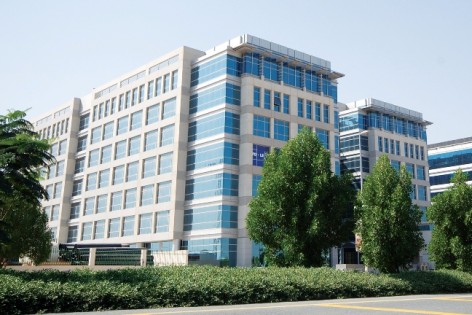
Coldwell Banker UAE ties up with key Indian developers
Coldwell Banker UAE now offers a diverse portfolio of properties…

Coldwell Banker UAE now offers a diverse portfolio of properties…
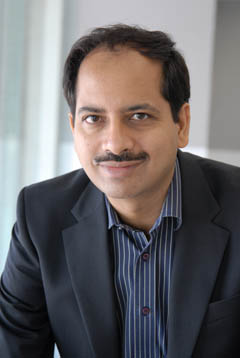
While there are reports of price correction in Mumbai realty, R Karthik, Chief Marketing Officer of Mumbai based realty firm Lodha Developers believes there will be a positive trend in the year 2011 and the demand will be led by the real buyers.
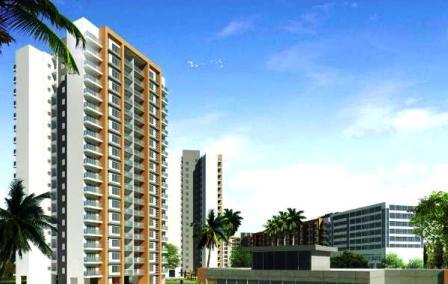
With liquidity from traditional channels like banks and equity markets drying up for property developers, non-banking finance companies (NBFCs) have raised rates for loans to real estate companies by two-three percentage points (200-300 basis points). The rates have gone up from 15-19 per cent to 17-22 per cent. The rates vary according to the developer, the project and the requirement of the company, say NBFCs and consultants.

Pune is virtually unrecognizable from the sleepy, laid-back city it was a few decades ago. There were no signs of any significant real estate action in the erstwhile Punyanagari before that. Today, however, Pune numbers in the Top Seven property hotspots within the country.
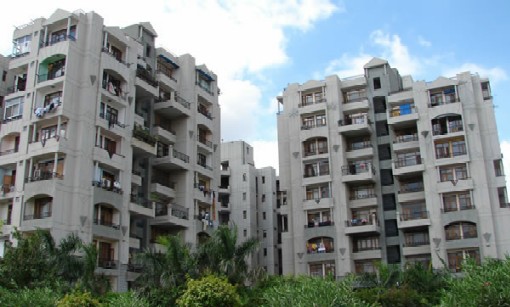
If 2008 was the year of shock, 2009 the year of discovery & introspection and 2010 the follow-up experiment; the year 2011 promises to be the year of comfort level for the Indian real estate sector. It seems the turmoil of the last couple of years has made everybody come out intelligent–investors, developers, bankers and end users.
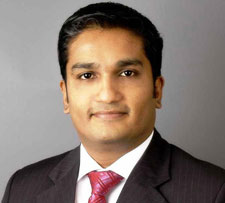
There has never been a real decline in the popularity of second homes in India. It certainly is a full-fledged real estate market segment in its own right. However, just as on the first home market, the demand for second homes is driven by the general economic climate. When the economy declines, all real estate segments decline with it. By the same coin, the demand for second homes always rises when people’s spending power increases.

It is an established fact that scheduled infrastructure projects tend to increase the value of properties in the adjoining areas. This occurs because the infrastructure project becomes a part of USP for the developers or property owners. There have been instances where property prices have increased 50-70% from the announcement of an infrastructure initiative until the operational phase.
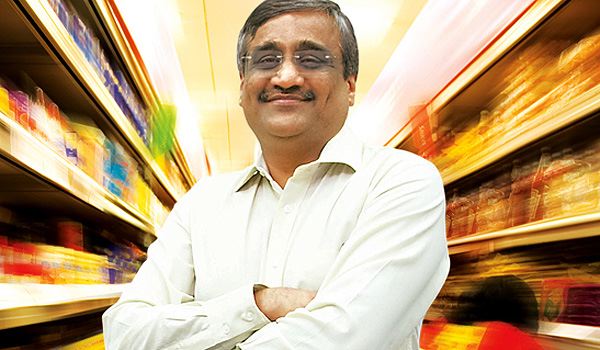
While many of the retailers are cribbing about the high cost of retail outlets, the retail empire with revenues of around Rs.10,000 crore, Future Group seems to believe in the conventional wisdom of joining if not beating the rivals. The Group is eyeing a piece of India’s booming real estate sector—putting finishing touches to new homes.
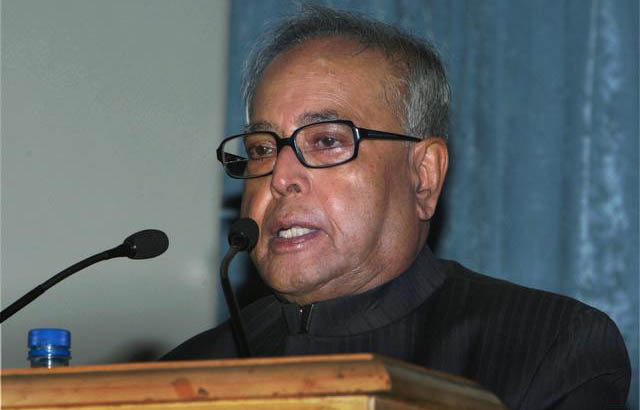
Finance Minister Pranab Mukherjee has urged the real estate sector to be sensitive to the purchasing power of the poor while pricing their housing units. Speaking at the 10th national convention of the Confederation of Real Estate developers” Association of India (CREDAI) in New Delhi on Dec 16, Mukherjee also called for greater integrity in development, construction and marketing or real estate business.
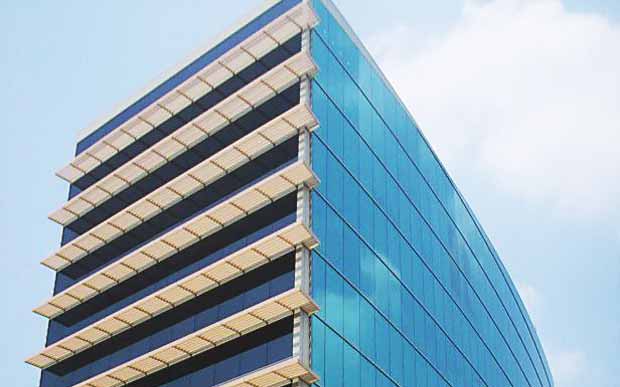
After one and a half years of gradual consolidation, real estate in India has fathomed its own comfortable ground, and is poised at the right threshold to take a giant leap in years to come, according to the forecast of the Jones Lang LaSalle, the global real estate services firm.
